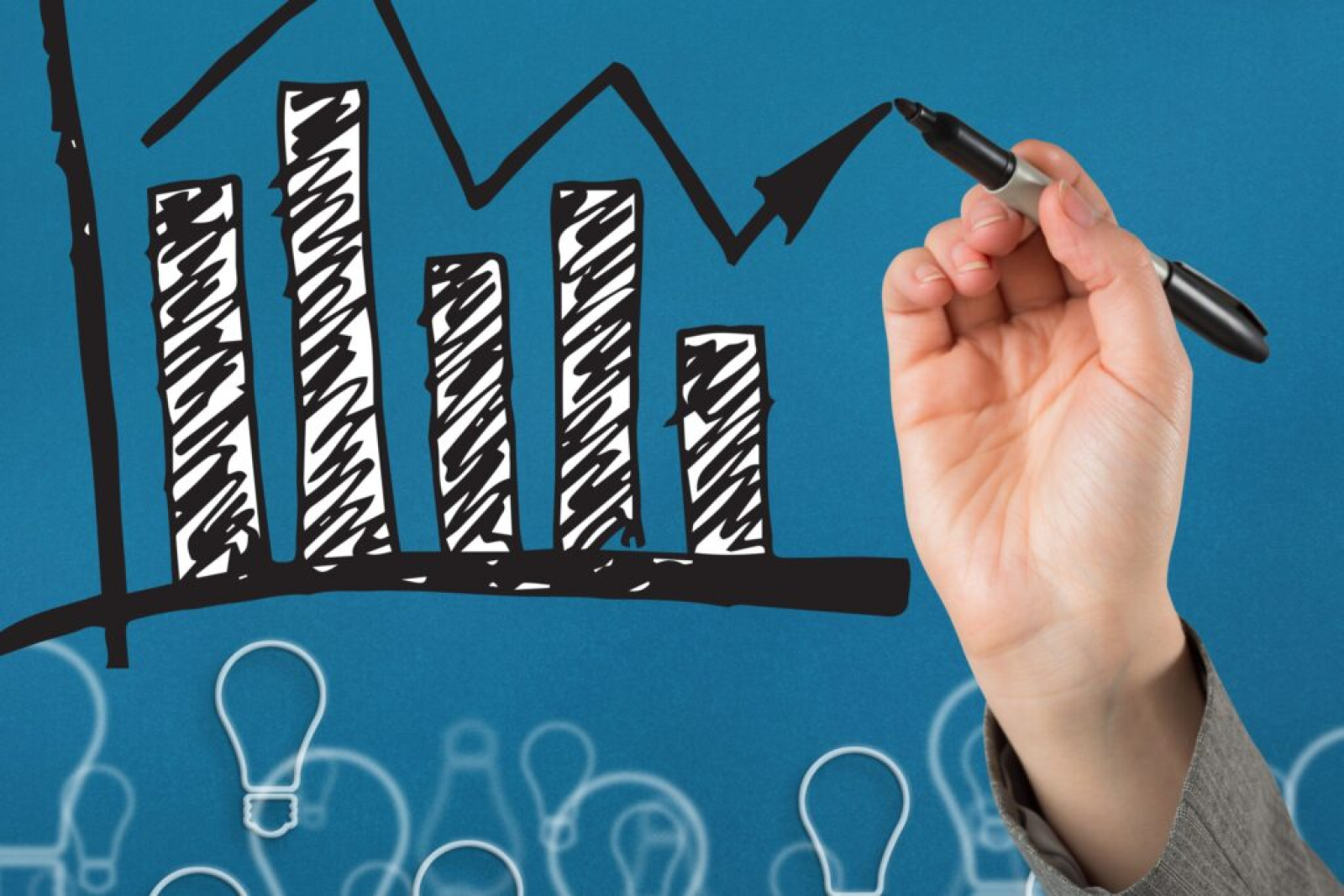Four Cycles – A Glimpse into the Future

Almost all of us have, at some point, wished to peek into the future. To know what’s coming next—and perhaps to take advantage of it.
In every investment offer, you’ll find the sentence:
“Past performance is no guarantee of future returns.”
That’s hard to disagree with. After all, the future cannot be predicted with absolute certainty.
But what if the future could at least be outlined? Not by days or even months—but over decades. And not only in terms of financial markets, but also in the development of society as a whole.
How could this be done? Essentially, there are two approaches. The first is the well-known holy trinity: a crystal ball, coffee grounds, or tarot cards. If you’re a fan of those methods, I’ll kindly point you to a different expert than myself.
The second option is to look at the future more scientifically. There is a study claiming that history is not just a random series of events, but that there is a pattern of cycles—repetitions that can be analyzed to anticipate what’s ahead.
The entire concept is based on the idea that history goes through four recurring cycles. These phases represent four different generations at different stages of life, which collectively shape society’s direction and character.
Each phase lasts about 20 years. Looking back over the past ~80 years (roughly the span of a human life), the cycles can be characterized as follows:
FIRST PHASE – EUPHORIA (1946–1966)
Social optimism and prosperity. A period of unity behind a common purpose—such as the post-war era.
-
Rock & Roll, Ford Mustang, television, bikini, first man in space.
S&P Index: +605% (total return including dividends, inflation-adjusted)
SECOND PHASE – AWAKENING (1967–1987)
A search for new values and social ideals.
-
First personal computers, Star Wars, civil rights movement (Martin Luther King).
S&P Index: +102% (total return including dividends, inflation-adjusted)
THIRD PHASE – DISILLUSIONMENT (1988–2008)
A time of conflict and societal breakdown. The generation gap widens. Distrust in institutions grows.
-
Fall of the Soviet Union, fall of the Berlin Wall, dot-com bubble burst, 9/11.
S&P Index: +200% (total return including dividends, inflation-adjusted)
FOURTH PHASE – CRISIS (2009–2029)
The turning point. Dramatic change becomes inevitable. Society faces major challenges and decisive moments.
-
Global financial crisis, debt crisis, COVID-19, political polarization, war in Ukraine, energy crisis, slowing economic growth, widening wealth gap.
S&P Index: ???
If we look further back in history—80–100 years—we find striking similarities. These cycles have repeated over centuries, even if the specific events differ.
What Does This Mean for Us?
Most likely, we are now in the final phase of one historical cycle: the CRISIS. It sounds dramatic, and from a societal perspective, we may indeed face a period of major change and tough decisions.
From a financial perspective, however, it does not yet appear catastrophic. But since we’re not at the end of this cycle, we’ll have to wait and see how we navigate it.
Still, factors such as demographics, high public debt (limiting state intervention), and economic deglobalization suggest we must prepare for the future financially on our own, far more than in previous decades.
The good news? This period will also end—and, according to the study, relatively soon.
A new cycle of EUPHORIA will arrive. If history repeats as it did 80 years ago, it could be a very prosperous era. But to make the most of its potential, preparation is key.
If you’d like to learn how to prepare in practice, contact your advisor.
Stone & belter blog
Similar articles
Category















